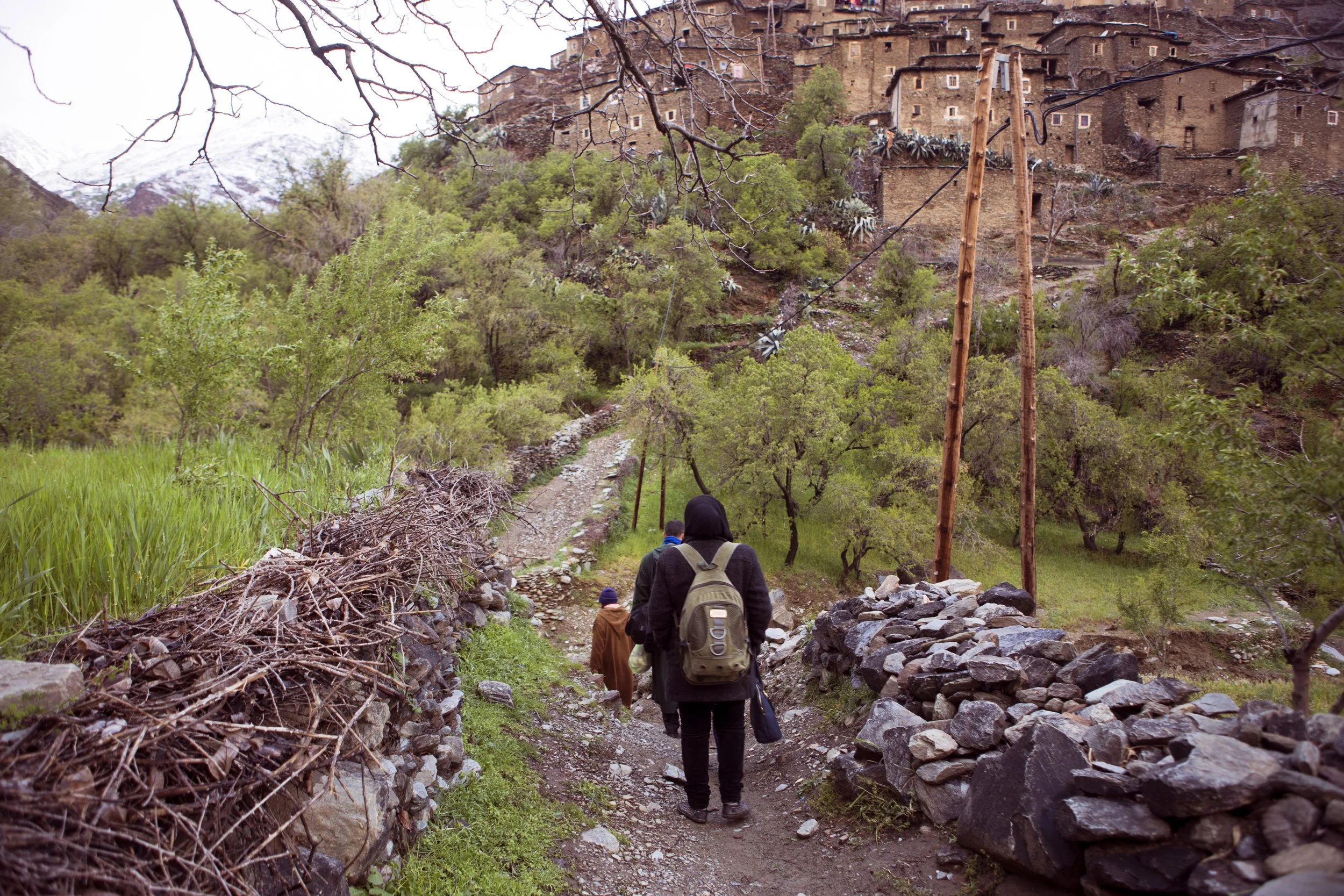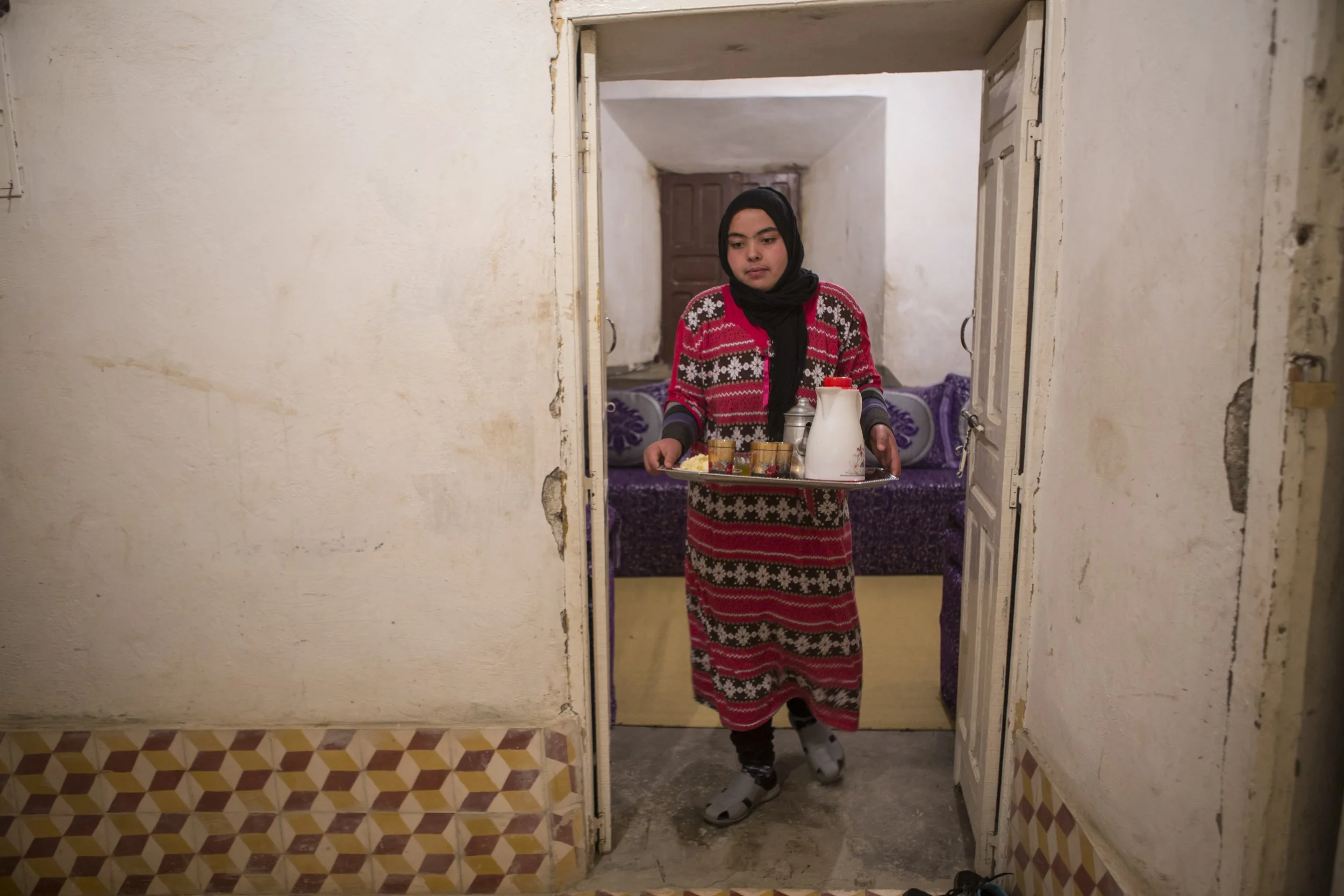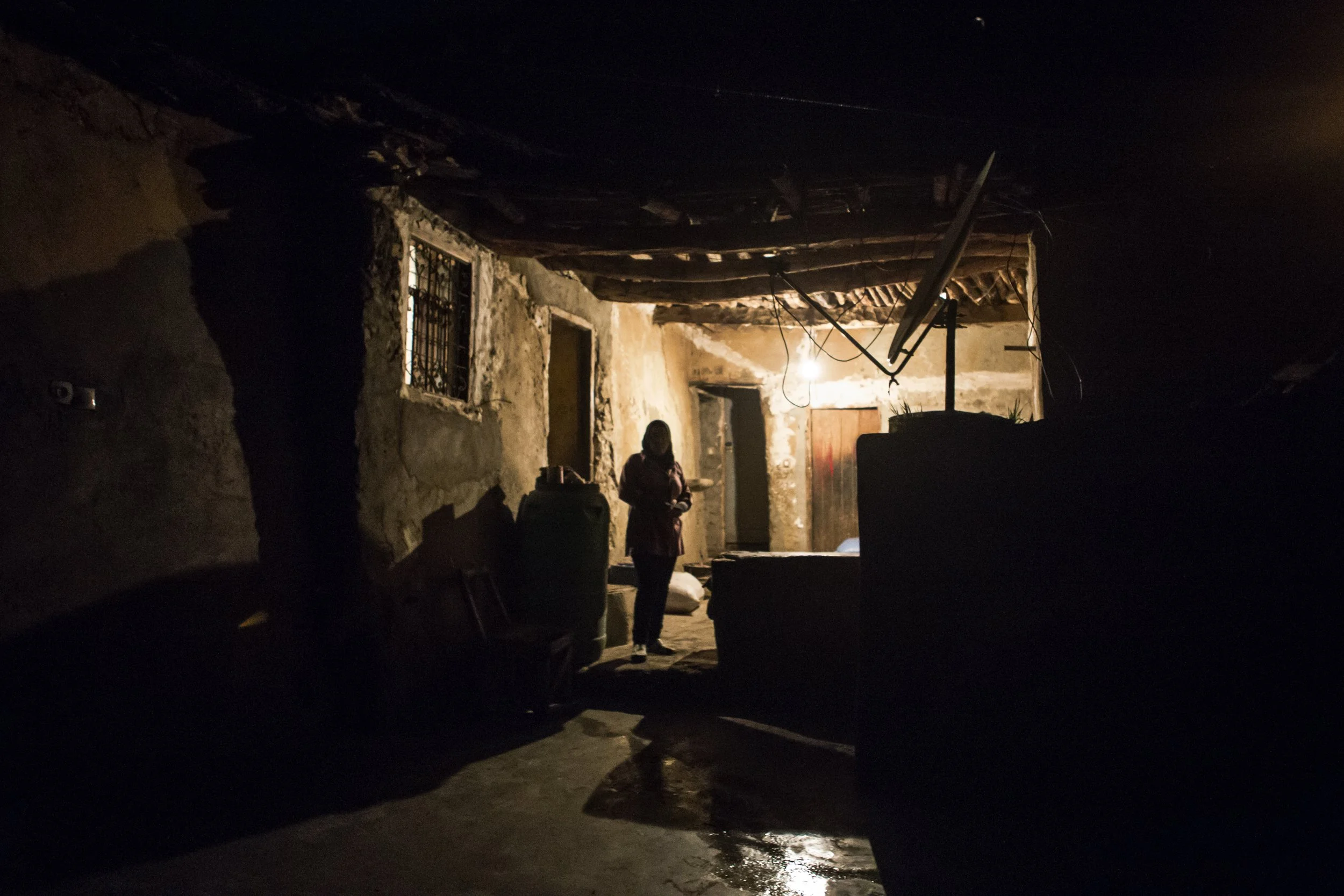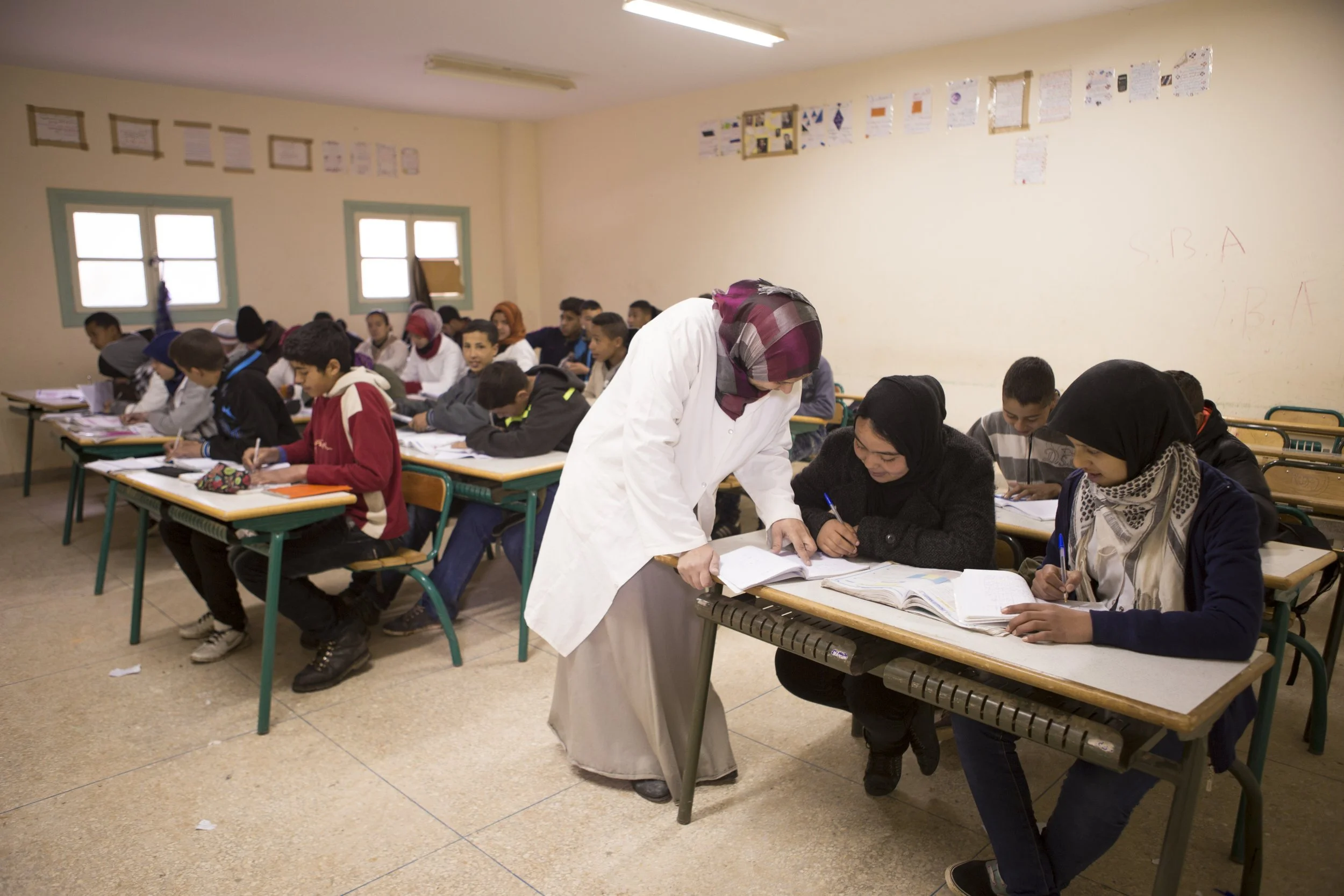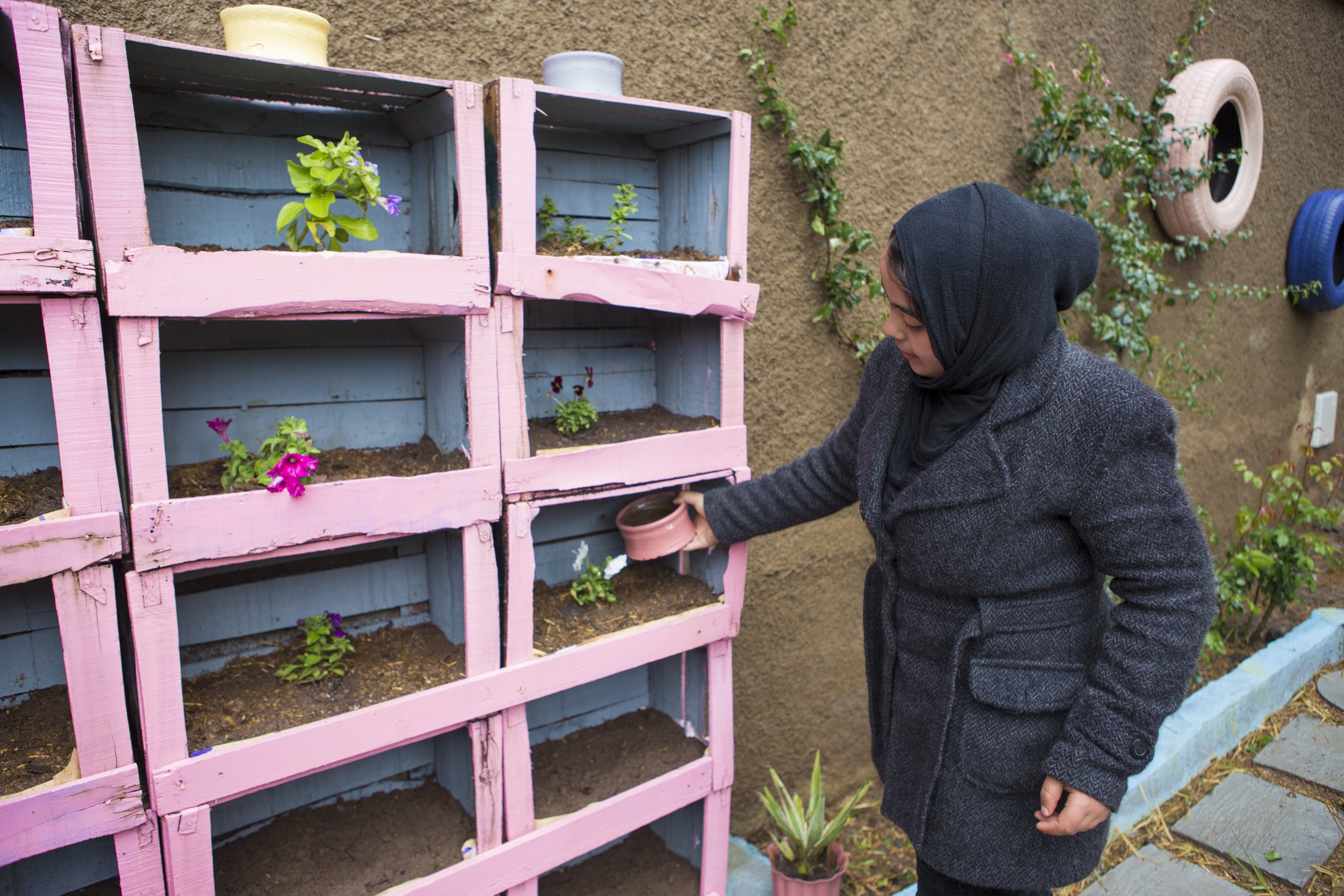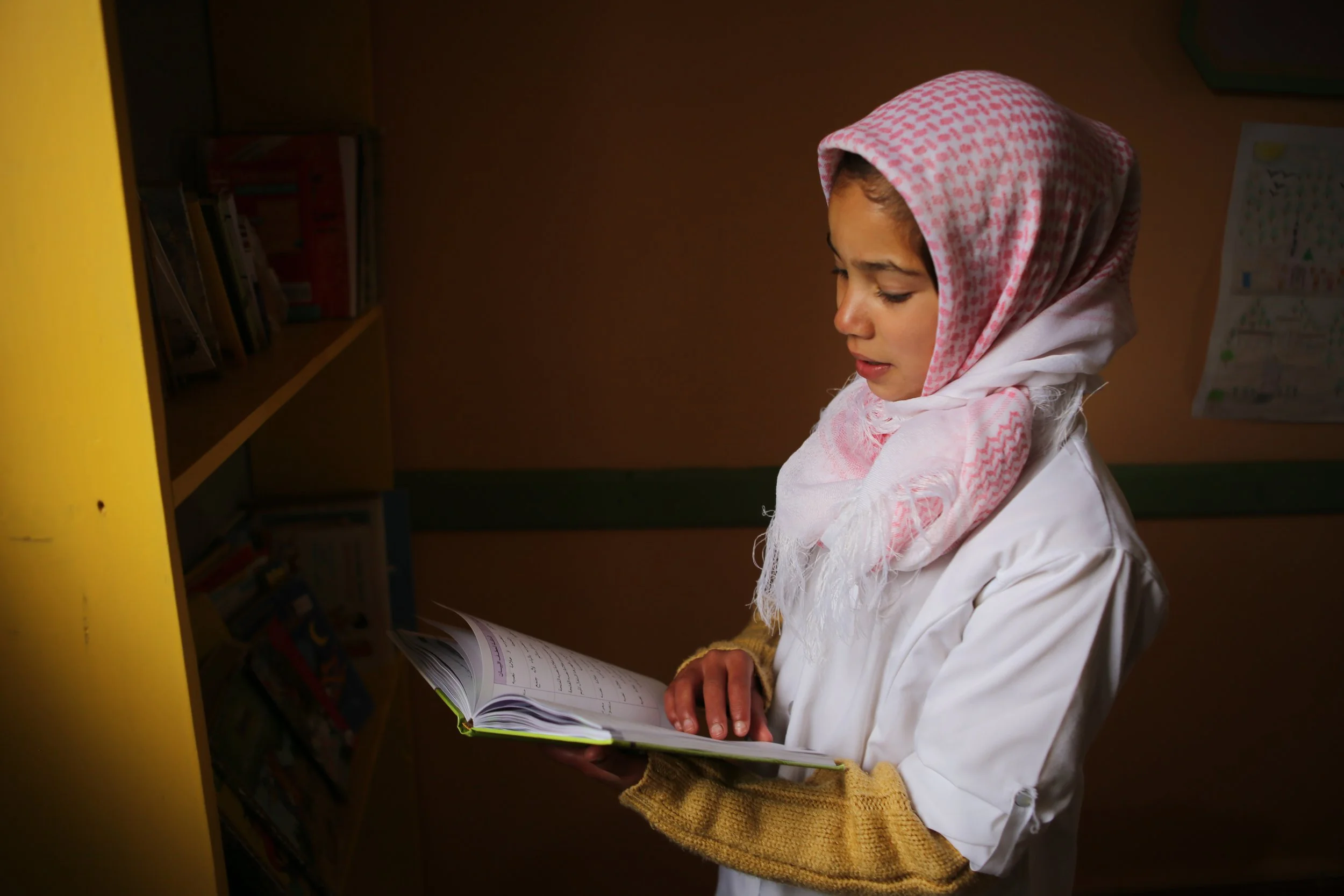Fatima’s daily commute to school- Morocco
When we started researching eduction in Morocco, a recurring theme of discussion was the country’s success in advancing basic education for girls. Enrollment of female students is on par with male counterparts at primary levels of schooling.
But adolescent girls in Morocco continue to drop out of school. Those living in remote, rural villages are most likely to stop around the age of twelve because of lack of access to middle and higher education in their immediate vicinities. Parents of teenaged girls are often unwilling to let them travel long distances away from home due to concerns for their safety and social restrictions.
As a result, retention of girls in schools remains a pressing issue in Morocco, a country with visible disparities in quality of education - between public and private schools and between urban and rural areas.
To illustrate the hardships that many rural girls and women face, we decided to follow a student on her daily commute from her home to the nearest school - door to door.
Fourteen-year-old fatima who halls from a berber village, called Iznaguen in the Atlas Mountains fir the profile perfectly. It takes at least three hours by road in this steep village sitting in an altitude of 4000 meters to reach a phone signal. The nearest public high school is about a four hour drive in descent weather condition and located in a town called Ouirgane.
Given the unfeasibility of this commute, Fatima is amongst the lucky few to be admitted to a boarding house run by a Marrakech based NGO called “Education For All“. The all female home is a stone throw away from the school and helped convincing Fatima’s father that she would be in a safe environment and looked after.
Although unwittingly, we had chosen a rather eventful day to follow her to native village. Heavy downpours that are common in the early spring months had caused soil on the some of the mountains ranges to slip, dislodging large pieces of rock in the process. Forty-five minutes in our journey, we found most routes had been cordoned off to protect travelers. With closure in both directions, we had little choice but to walk long distances , whilst crossing rivers, traversing dirt paths meant for mules and hitching rides from local tracks. Most of these vehicles carried a combination of people, domestic animals, crop and greens headed from one village to the next, dropping of passengers along the way, at a leisurely pace. Despite long toiling hours at work, our fellow passengers did not appear in a rush. Neither did Fatima, as she sat on the rickety boxes that served as seats, studying for her physics examination. After five-miles of walking and changing five different means of transport, we reached Fatima’s door step well after dusk. The journey took a total of eight hours.
Produced for the Unesco, writing by Preethi Nallu, photos by Imane Tirich in 2015









